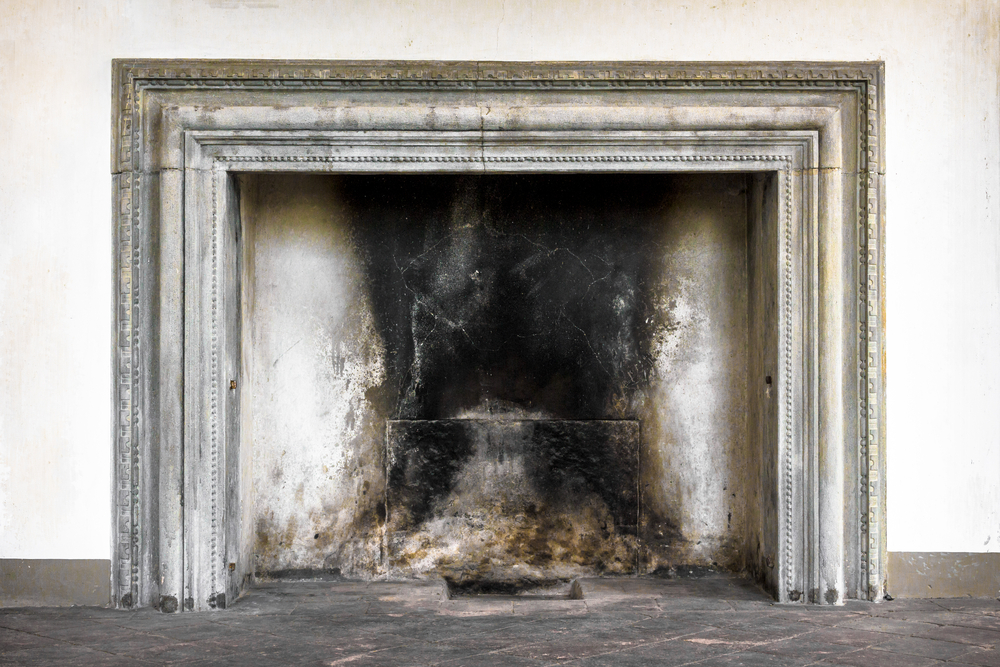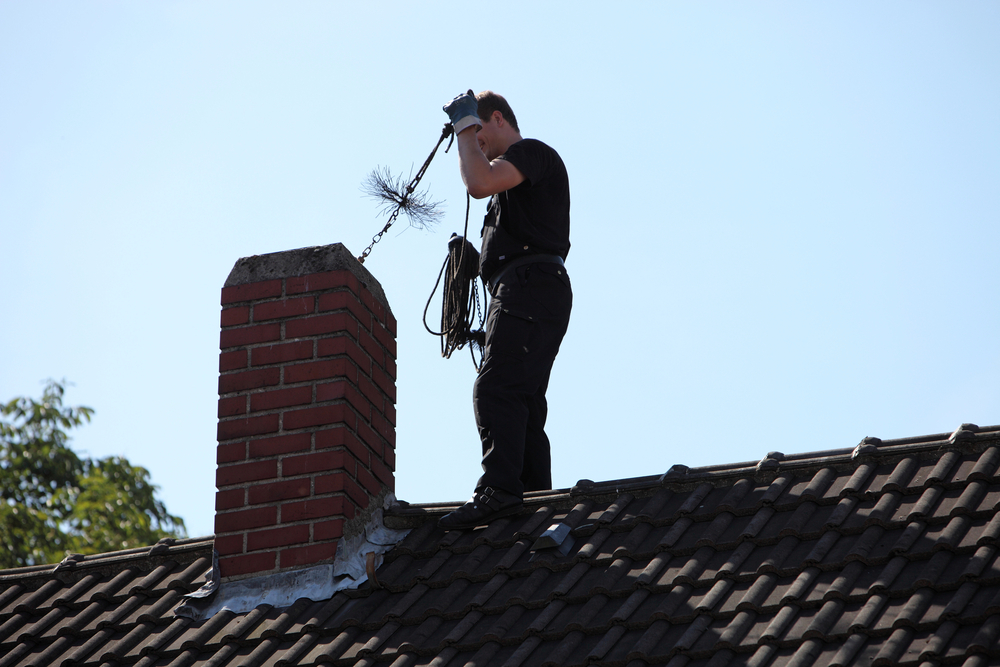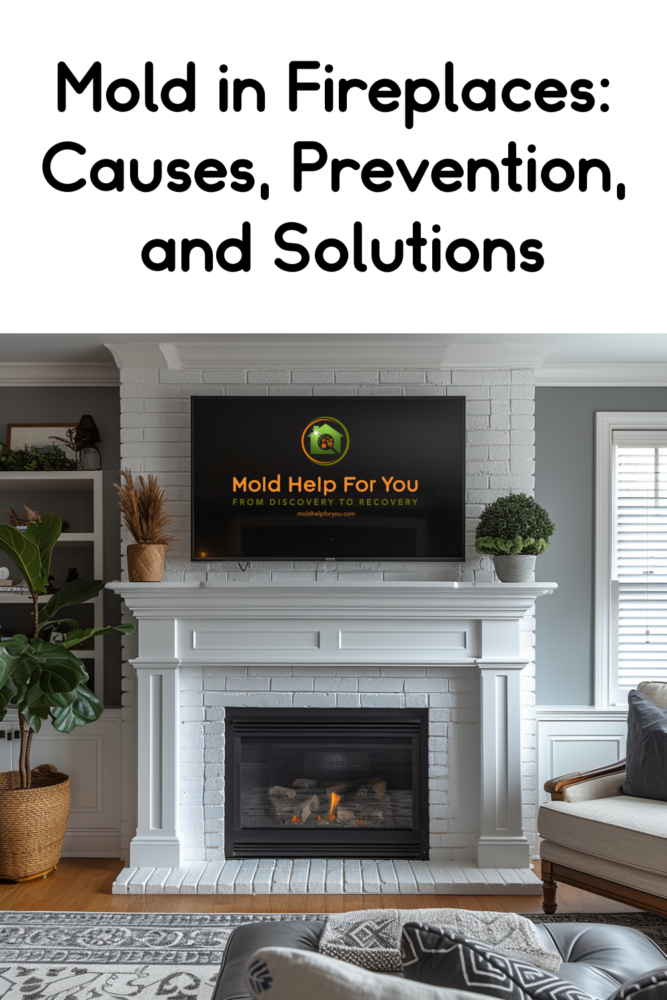Mold in Fireplaces: Causes, Prevention, and Solutions
This post may contain affiliate links. Read our full disclosure.
Mold in fireplaces can be a recurring issue for homeowners, compromising both the aesthetic appeal and the safety of their spaces. Often overlooked, mold growth within the fireplace or chimney can lead to several health concerns, especially for individuals with allergies or asthma. Understanding the underlying causes of mold in fireplaces and learning how to prevent and address the issue can help maintain a healthy and comfortable living environment.
Moisture can accumulate in fireplaces as a result of various factors, such as water leaks, high humidity levels, and insufficient ventilation. Mold thrives in damp and dark environments, making chimneys and fireplaces perfect breeding grounds for different mold species. When left unaddressed, mold growth can release spores and mycotoxins into the surrounding area, posing potential risks to both the inhabitants and the structural integrity of the house.
Preventing mold in fireplaces involves maintaining appropriate humidity levels, fixing water leaks, and ensuring proper ventilation. Regular inspections and cleanings by professionals can also aid in identifying and addressing potential mold growth early on, ultimately protecting the health and safety of the home and its occupants.
Causes of Mold in A Fireplace
Moisture and Ventilation
One of the primary causes of mold in a fireplace is the presence of moisture. This can occur due to various reasons, such as inadequate ventilation, which prevents moisture from evaporating properly. Poor ventilation can also lead to stagnant air, which creates a conducive environment for mold growth. To maintain proper airflow and reduce moisture levels, it’s essential to keep the fireplace damper open when not in use and ensure that there’s adequate space for air to circulate around the fireplace.
Chimney Cap and Crown Damage
Another significant cause of mold in fireplaces is damage to the chimney cap and crown. A damaged chimney cap or a cracked chimney crown can allow water to seep into the chimney, leading to mold growth. Water can penetrate the brick and mortar, weakening the structure and causing further damage. It’s essential to regularly inspect the chimney cap and crown for signs of damage and address any issues promptly to prevent mold growth.
Condensation and Humidity
High levels of humidity and condensation can also contribute to mold growth in fireplaces. Humidity can cause condensation on the surfaces of the chimney and fireplace, creating a suitable environment for mold to thrive. Over time, this moisture may seep into the brick and mortar, further exacerbating the issue.
To reduce humidity levels and the risk of mold growth, consider the following measures:
- Use a dehumidifier in the room with the fireplace. You can check out my suggestions for the best dehumidifier.
- Ensure that the fireplace and chimney are properly ventilated.
- Inspect and maintain the chimney cap and crown, as damaged components can lead to increased moisture and humidity levels.
Freezing and thawing cycles can exacerbate damage to the chimney and fireplace, especially in regions where temperatures frequently drop below freezing. This can lead to damaged bricks, cracked mortar joints, and compromised waterproofing, which all provide entry points for moisture and subsequent mold growth.

Identifying Fireplace Mold
Visible Signs
One of the key indicators of mold in fireplaces is its visible presence. Fireplace mold typically appears as black, green, or gray growth on chimney bricks and mortar, or around the fireplace opening. Mold thrives in darkness and dampness, so be sure to inspect hidden and hard-to-reach areas for signs of mold growth. Additionally, look for debris or discoloration on the fireplace surfaces, which may indicate a mold problem.
Odors
Another common sign of mold in a fireplace is a persistent musty odor. This is due to the release of mold spores when mold is growing. If the fireplace area smells damp or musty even when the room is properly ventilated, this could be an indication of mold growth. Trust your nose and investigate further if you notice any unusual or persistent smells. And remember, mold can smell like anything.
Symptoms
Mold in your fireplace can also lead to health problems, especially for those who are sensitive to mold or have pre-existing respiratory issues. If you or your family members are experiencing unusual health symptoms, particularly when spending time in the room with the fireplace, it may be worth examining your fireplace for mold growth.
Fireplace Inspection and Mold Removal
Mold in your fireplace can be a significant problem that affects both the structure and air quality of your home. This section will discuss the importance of mold inspection and removal in fireplaces, different methods of dealing with the issue, and how to prevent future mold growth in a fireplace.
DIY Mold Removal
Attempting to remove mold by yourself is possible if you’re dealing with a small area or mild mold growth on the outside of your fireplace. However, proceed with caution and make sure to wear proper protective gear, such as gloves, masks, and goggles. Use Remedy Mold Treatment Concentrate or Superstratum Pro and a wire brush to scrub and clean the affected surfaces thoroughly. Make sure that you have plastic down so any particles you loosen do not drop onto another area of your fireplace or floor.
Keep in mind that while this method may work for surface mold, it may not be sufficient or safe for extensive mold growth or mold present inside the chimney. In such cases, it’s best to contact a certified chimney sweep or a professional mold cleaning service to address the issue.
Hiring a Professional Chimney Sweep
If the mold is present in the chimney or you suspect a larger problem, a professional inspection by a certified chimney sweep is recommended. A chimney sweep will thoroughly inspect your chimney, identify any issues or sources of moisture that may be contributing to the mold growth, and provide a detailed report of their findings.
Once the inspection is complete, a certified chimney sweep can also perform mold remediation, which involves specialized cleaning methods to remove mold from the interior surfaces of your chimney. This process goes beyond regular cleaning and ensures that your chimney is free from potential health hazards.
By hiring a professional chimney sweep, you can trust that the cleanup will be done effectively and that the sources of mold growth will be addressed without causing further damage to your chimney or fireplace.
To prevent mold growth in the future, schedule regular chimney inspections and maintenance, ensuring that your chimney cap, chimney crown, and other components are in good condition and free from moisture or leaks. This proactive approach will help protect your home from potential health risks and structural damage caused by mold in the fireplace.

Preventing Mold in A Fireplace
Maintaining Chimney Components
One important aspect of preventing mold in your fireplace is properly maintaining chimney components. A well-maintained chimney prevents moisture buildup which can lead to mold growth. Make sure to inspect and maintain chimney caps, crowns, and flashings regularly. Damaged or broken chimney caps should be replaced as soon as possible to avoid rust and leaks. If the chimney crown is cracked or damaged, repair it to prevent water intrusion.
Improving Ventilation
Poor ventilation in your fireplace can make it susceptible to mold growth. To keep humidity levels in check and discourage mold, maintain an indoor humidity between 30% and 50%. Make sure your home is well-ventilated, and consider installing a ventilation system or exhaust fan to help control moisture levels near your fireplace. At a minimum, use a good humidity meter inside your fireplace when not in use.
Regular Inspections
Conducting regular inspections is essential for preventing mold in your fireplace. Examine your chimney, chimney cap, and chimney crown for any signs of damage, rust, or leaks. Waterproofing your chimney and sealing fireplace masonry can also help keep moisture out and prevent mold growth. By catching issues early and addressing them promptly, you can effectively reduce the risk of mold in your fireplace.

In this post I refer to CitriSafe Remedy products. They are one of the only two mold and mycotoxin removal products that I personally use and recommend. Please read my article outlining what makes Remedy superior when it comes to killing mold and mycotoxins. It has been proven to be 99% effective when used properly. I encourage you to purchase CitriSafe products directly through CitriSafe. If you prefer to shop on Amazon, CitriSafe has a presence there as well.
In this post I refer to Superstratum products. They are one of the only two mold and mycotoxins removal products that I personally use and recommend. Please read my article out the Superstratum product line for more information how how they work and the products available. This product lines has never failed me and is great for chemically sensitive individuals. I encourage you to purchase Superstratum products directly through the company website.
